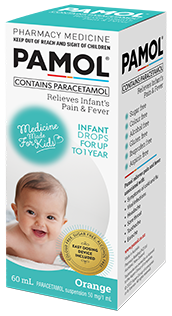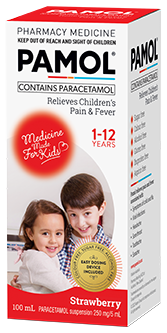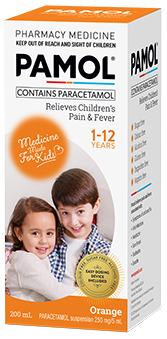Tips for Children's aches and pains
Tips for aches and pains
There are many reasons why your child might be in pain. The biggest difficulty can be understanding where and how much they are hurting, especially when they’re too small to tell you.
Babies: |
Toddlers:
|
|---|---|
| A baby can’t tell you what is wrong, but watch for signs and symptoms of illness – anything that seems unusual to you.
If you are worried about your baby, you should contact your healthcare professional. Even if they don’t have any of these common symptoms, trust your instincts. |
A parent is often the best at assessing when your child is unwell. Listen to what they tell you, and watch what they do. If you are worried, contact your healthcare professional.
Children may not always be able to tell you exactly what they are feeling – a sore head can mean earache, headache, teething pain, or a sore throat, and sometimes it can be difficult to figure out what’s causing the pain. |
Signs and symptoms of baby illness: |
Signs that they may be in pain include: |
|
|
| If your baby has pain or fever and/or is feeling miserable as a result of the pain and fever, Pamol® may help him or her to feel better. Use our handy Dose Calculator tool or refer to the dosing chart or the product label to work out the correct dose for your baby.
Pamol® is recommended for babies over three months old. Your doctor can advise you when it is okay to give Pamol® to your baby. |
Often, children can tell you they are sore or hurting, but cannot express how much. Using the face pain scale below can help you to understand how much they are hurting, from no pain, to a lot of pain.
Pamol® may help to relieve your child’s pain. Use our handy Dose Calculator to work out the correct dose for your child. |

Adapted from Hicks C.L. et al. Pain. 2001; 93(2):173-83
If you are unsure about your child’s health:
- Visit www.kidshealth.org.nz for more information and helpful guides.
- Talk to your Plunket nurse or call Plunketline for helpful parenting and Well Child advice.
- Contact Healthline for medical advice. Or if it’s an an emergency, call 111.
- See your doctor or pharmacist.





